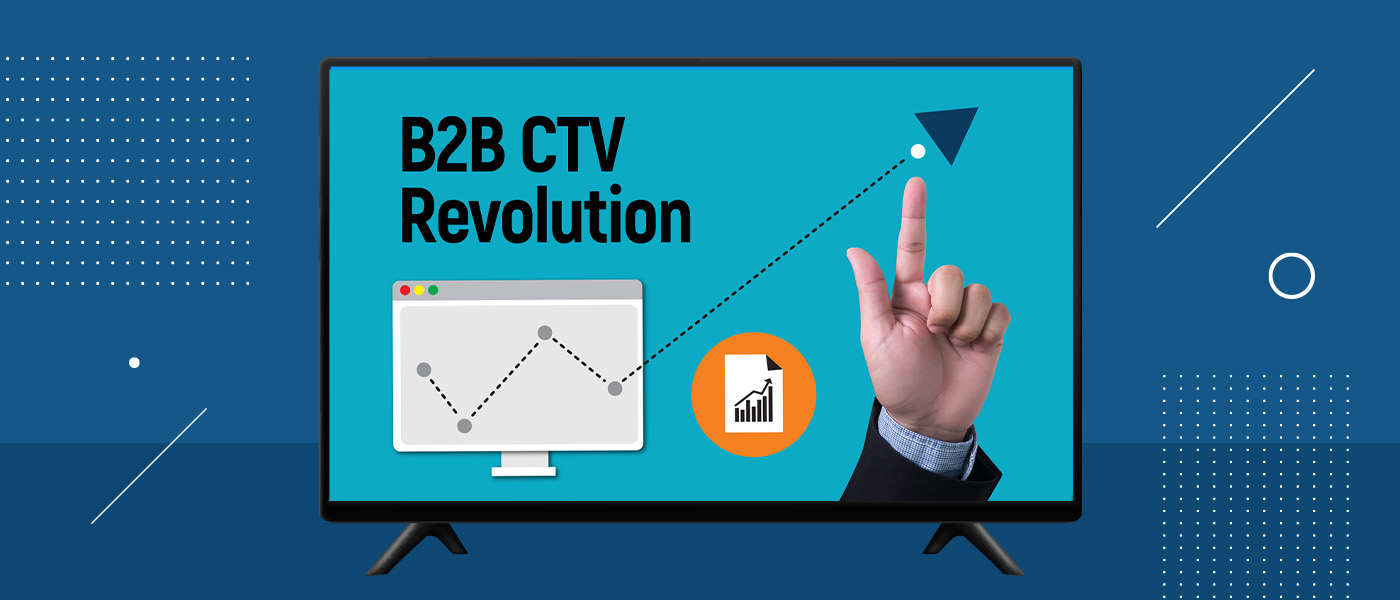
IAB Ad Refresh Protocol: Revolutionizing Advertising Transparency
ThePubverse Team | May 25, 2023
Digital advertising has become an integral part of revenue generation for publishers worldwide. However, challenges such as ad fatigue, transparency, and user experience have plagued the industry. To address these issues, the Internet Advertising Bureau (IAB) has introduced the Ad Refresh Protocol, a significant step towards enhancing advertising transparency. This article explores the impact of the IAB Ad Refresh Protocol on publishers and their monetization strategies in the Middle East and North Africa (MENA) region. We will examine the pros and cons of this protocol and its potential influence on publisher monetization.
Understanding the IAB Ad Refresh Protocol
The IAB Ad Refresh Protocol is a set of guidelines that aims to regulate the frequency and behavior of refreshing ads on web pages. Ad refreshing involves reloading advertisements on a webpage at specified intervals. While it can increase ad impressions, excessive ad refreshing can disrupt user experiences and decrease the value of ads.
The protocol introduces guidelines to ensure transparency and control in ad refreshing practices. It sets limits on the number of ad refreshes per page view, specifies the duration between refreshes, and emphasizes the visibility of refreshed ads to users. These guidelines promote transparency, user experience, and optimized ad delivery.
Pros of the IAB Ad Refresh Protocol
Enhanced Transparency: The protocol promotes transparency by defining rules and limitations for ad refreshing practices. This transparency builds trust between publishers, advertisers, and users, ultimately benefiting the entire ecosystem.
Improved User Experience: By preventing excessive ad refreshing, the protocol contributes to a more positive user experience. Users are less likely to encounter ad fatigue and enjoy a smoother browsing experience, leading to increased engagement and interactions with ads.
Optimal Ad Revenue: Controlled ad refreshes can increase ad impressions and potentially boost ad revenue for publishers. The protocol allows publishers to strike a balance between ad visibility and user experience, maximizing revenue potential.
Standardization and Collaboration: The protocol establishes a standardized framework for ad refreshing practices, bringing consistency to the industry. This facilitates collaboration between publishers, advertisers, and ad tech platforms, leading to streamlined operations and reduced discrepancies.
Also read: Tackling Publisher Revenue Woes: The Monetization Challenges of 2023
Cons of the IAB Ad Refresh Protocol
Potential Revenue Impact: Implementing ad refresh limitations may reduce the number of ad impressions and, subsequently, impact revenue for publishers who heavily rely on ad refreshes. Publishers will need to find alternative monetization strategies to offset potential revenue loss.
Technical Challenges: Implementing the IAB Ad Refresh Protocol may require technical adjustments and updates to existing ad serving systems. This could pose challenges for publishers, especially those with limited technical resources or reliance on third-party platforms.
Balancing Ad Visibility and User Experience: Striking the right balance between ad visibility and user experience can be challenging. Publishers must carefully manage ad refreshes to ensure ads remain relevant and non-intrusive while delivering the desired revenue results.
Adoption and Compliance: Widespread adoption and compliance with the protocol may take time as publishers need to adapt their practices and educate their teams. It requires industry-wide support and cooperation to ensure effective implementation.
Also read: Optimize Viewability & Long-Term Ad Revenue In 2023
The IAB Ad Refresh Protocol represents a significant advancement towards enhancing advertising transparency and user experiences. While it brings several advantages, including increased transparency, improved user experiences, optimal ad revenue, and industry standardization, publishers in the MENA region must carefully consider the potential impact on their monetization strategies. Adapting to the protocol may require exploring alternative revenue streams and managing the delicate balance between ad visibility and user experience.
Collaborative efforts between publishers, advertisers, and industry stakeholders will be essential for successful adoption and implementation. The IAB Ad Refresh Protocol has the potential to reshape the advertising landscape in MENA and foster a more transparent and sustainable ecosystem.




